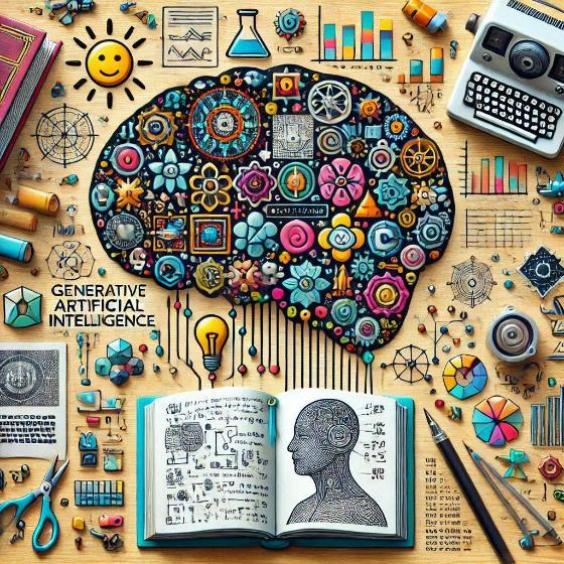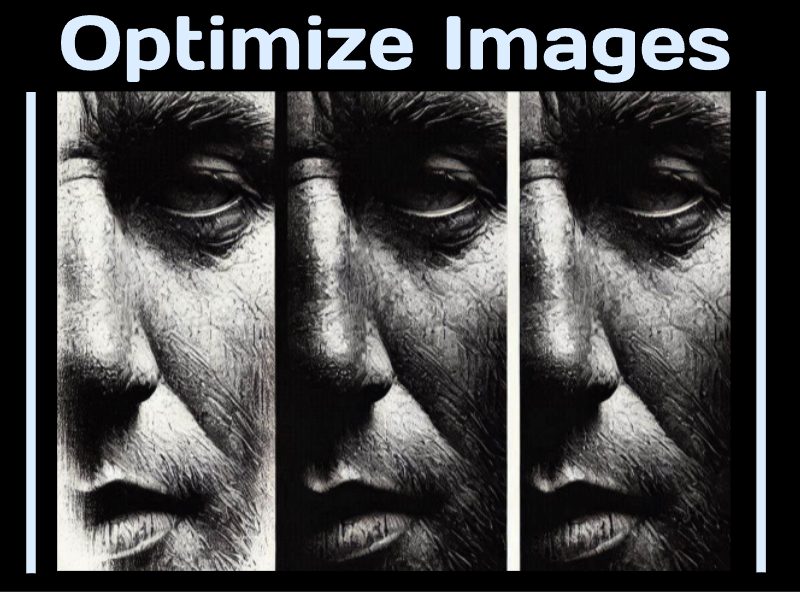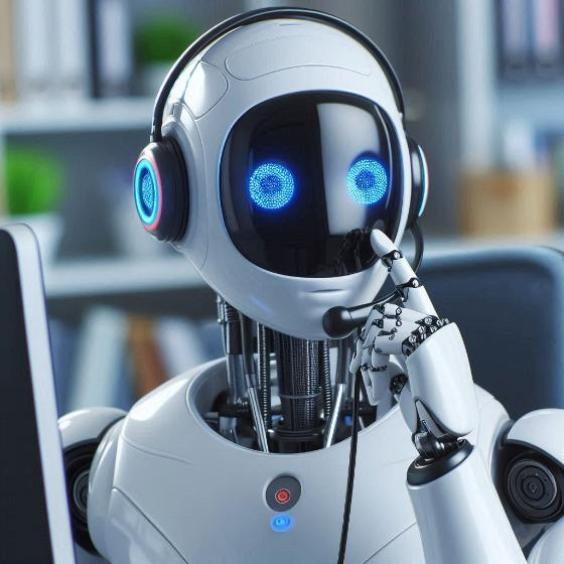What is Generative Artificial Intelligence and what is it for
Generative Artificial Intelligence: The Future of Creation and Innovation
Artificial Intelligence (AI) has revolutionized the way we live and work, and one of its most exciting branches is Generative Artificial Intelligence (GAI). In this article, we will explore what GAI is, how it works, and what it is used for, in a way that is easy to understand for everyone.

What is Generative Artificial Intelligence?
Generative Artificial Intelligence is a type of artificial intelligence that focuses on the creation of new and original content, such as text, images, music, and videos, through algorithms and mathematical models. Unlike traditional AI, which focuses on data classification and analysis, GAI focuses on the generation of new and creative content.
How does GAI work?
GAI uses machine learning techniques and neural networks to generate new content. These neural networks are trained with large amounts of data and learn to recognize patterns and relationships between them. They can then generate new content that resembles the training data.
For example, if a neural network is trained with a large amount of news texts, it can generate new and original news articles that resemble the training data. Similarly, if a neural network is trained with images of cats, it can generate new images of cats that have never been seen before.
What is GAI used for?
GAI has a variety of applications in different fields, including:
- Content creation: GAI can generate new and original content for online publications, social media, and other communication channels.
- Art and design: GAI can generate new and original works of art and designs, which can be useful for artists and designers.
- Music and audio: GAI can generate new and original music and audio, which can be useful for composers and music producers.
- Advertising and marketing: GAI can generate new and original advertising and marketing content, which can be useful for businesses and advertising agencies.
- Research and development: GAI can generate new and original hypotheses and theories, which can be useful for researchers and scientists.
Challenges and limitations of GAI
Although GAI has great potential, it also faces challenges and limitations. Some of the most common challenges include:
- Quality and coherence: GAI can generate low-quality or incoherent content, which can be a problem in critical applications.
- Privacy and security: GAI can generate content that infringes on people's privacy or security, which can be a problem in applications that involve personal data.
- Ethics and responsibility: GAI can generate content that is offensive or inappropriate, which can be a problem in applications that involve sensitive content.
Generative Artificial Intelligence is an exciting technology that has great potential to revolutionize the way we create and innovate. However, it also faces challenges and limitations that need to be addressed. By understanding how GAI works and what it is used for, we can harness its potential and create a more creative and innovative future.





